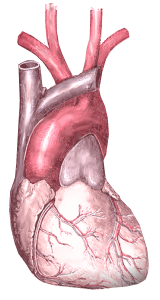Variations of the ‘cups and balls’ magic trick have been performed for over two thousand years. One simple version involves three inverted cups into which the performer loads brightly covered balls. Using sleight of hand, the balls are moved in and out of the cups. Magicians hold many beliefs about why this trick is so effective, one of which is that it’s critical for the performer to mislead the audience with his direction of gaze. Hector Rieiro, Susana Martinez-Conde and Stephen Macknik of the Barrow Neurological Institute got the assistance of Teller (of the famed magical duo ‘Penn & Teller’) to test this. Even when Teller performs this trick with clear cups he can still surprise an audience.
Seven subjects snuggled their chins onto mounts and watched
film clips of Teller performing different variations of cups and balls while
eye tracking devices monitored their gazes. They were asked to immediately
press one button as soon as a ball made physical contact with either a cup or
the table and a second button as soon as a ball stopped touching a cup or the
table. The volunteers consistently reported seeing the balls’ movements some
time after the actual movements. For example, people thought a ball was placed
in a cup after it had actually been placed there.
Interestingly, covering Teller’s face so that he couldn’t
use his own gaze to misdirect the viewers did not improve their performance.
This is contrary to most magicians’ intuition on the matter. Using gravity to
assist in the trick did not increase misdirection either, also a common magical
misconception.





.jpg)